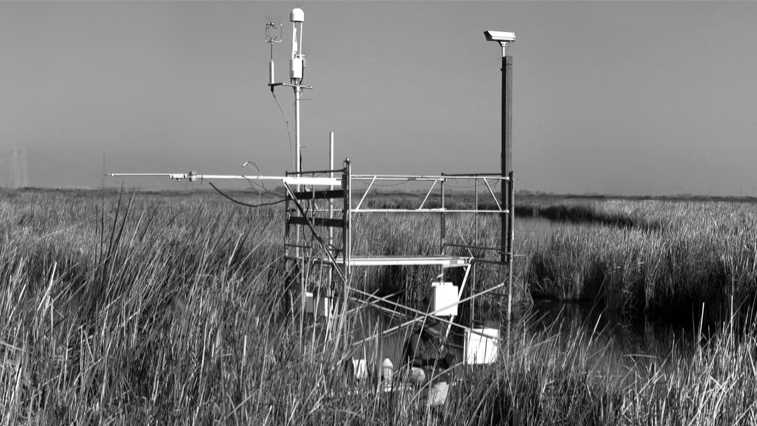

Wetland environments like Burns Bog in British Columbia are increasingly in need of conservation and protection
Globally, wetlands are the largest natural source of methane – which is a significant contributor to global warming. As we continue to experience a warming climate, these ecosystems are likely to release more methane – perpetuating the cycle.
But exactly which factors cause methane emissions in these environments to fluctuate throughout the year need to be better understood, particularly on a global scale.
Now, a new study led by Dr. Sara Knox explores how factors like temperature and water level affect wetlands on a daily and seasonal scale, in locations around the world. Armed with this knowledge, researchers and policy makers can better understand how to factor wetland methane emissions into plans for a changing climate, and how to protect these important environments.
Published in Global Change Biology, the study combines the work of teams in 11 countries, studying wetlands at a range of latitudes, from bogs in northern Canada to rice paddies in Korea and swamps in Brazil.
Using flux towers to measure methane emissions continuously and at an ecosystem scale, the authors were able to collect measurements every 30 minutes for at least a full year at each study location. This provides information about a much larger swath of land than traditionally used chamber measurements, which can account for areas only about the size of a water cooler jug.


Flux towers can take regular methane measurements that cover large areas of wetland (Image: Berkeley Biomet Lab)
So, what are the important short term and longer term factors? This varies a little by location. Temperature is the most influential in temperate and high latitude sites, which experience both daily and seasonal peaks of increased microbial activity when soil temperature rises.
At tropical and subtropical sites, water level is the most influential factor, as these sites experience less significant seasonal temperature changes.
This tells us more about how wetland sites can be best preserved and managed, and highlights that there are universal factors that influence the release of methane. The findings make clear that these environments are most vulnerable to rising temperatures in higher latitude regions, like the Canadian Northwest Territories, where one measuring site was located.
Dr. Knox hopes to see future work explore warmer environments in more detail: “I’m looking forward to seeing more tropical measurements to better understand methane fluxes from tropical wetlands – right now what we know only comes from a handful of sites.”


